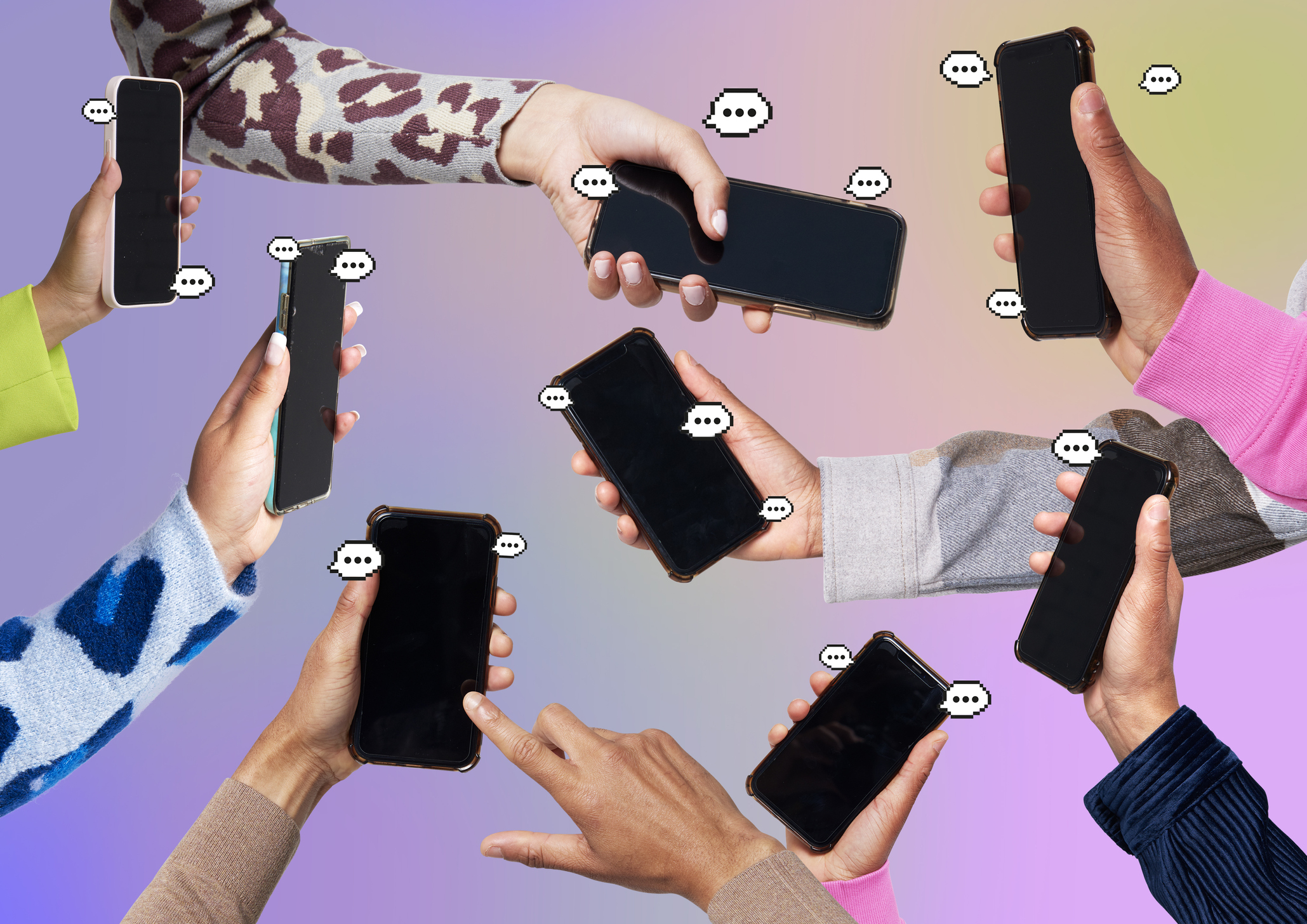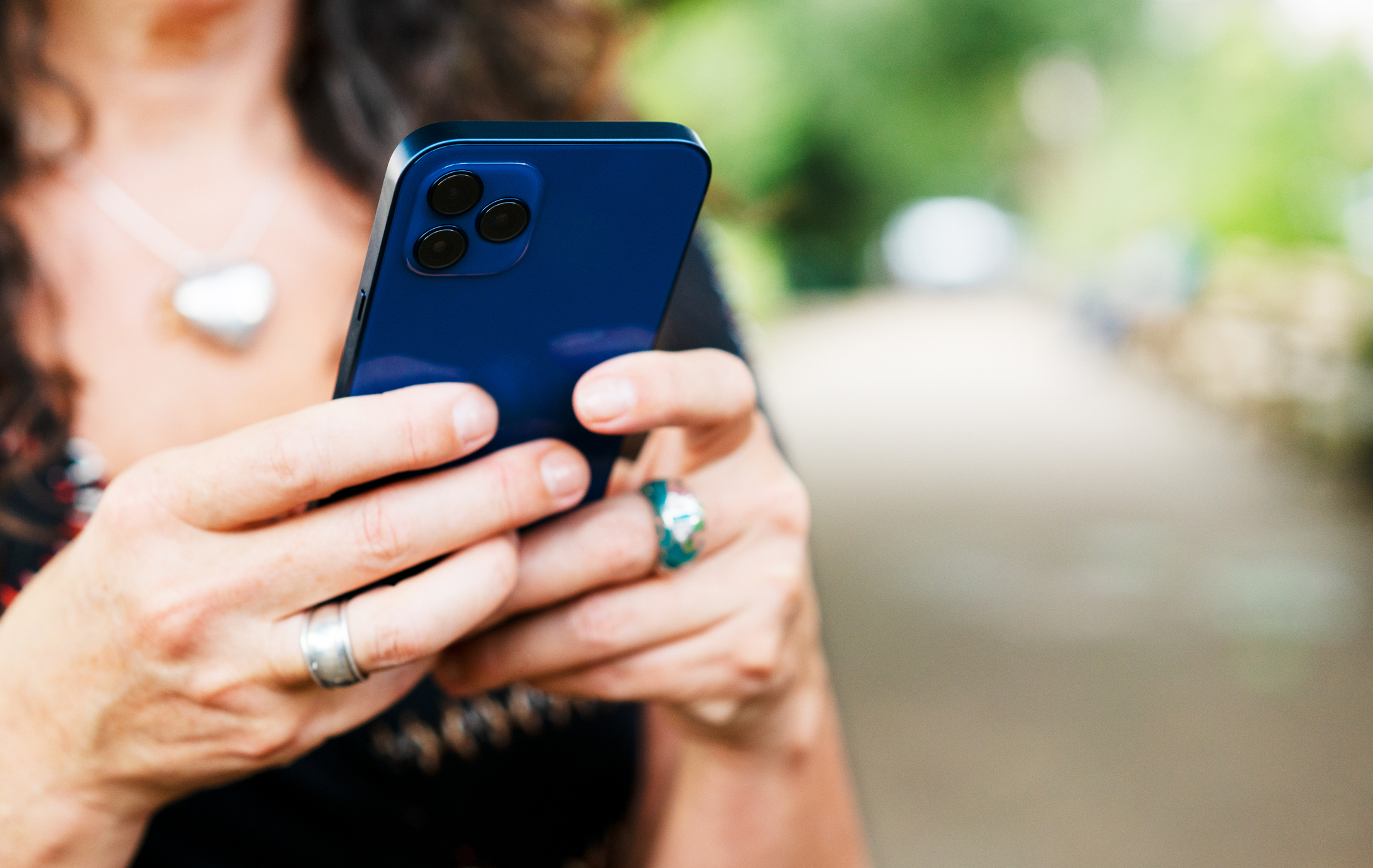Buying a Smartphone on a Budget
Buying a smartphone on a budget? Read our spec breakdowns, saving tips, and examples of what different budgets can buy to save on your next device.


Buying a new smartphone can be an expensive affair. Nowadays, some of the latest models can even rival top-of-the-range laptops in terms of price tag. If you’re looking to buy a new handset whilst spending a little less money, just follow our simple tips for buying a smartphone on a budget.
We'll break down what different phone specifications mean and how they affect price, provide some tips on where to find the best discounts, and finish off with some examples of what different budgets can buy so you can find your next handset at a wallet-friendly price.
Decide on phone specifications
The first thing to know if you’re shopping on a budget is what phone specifications mean for the price. There are several important smartphone specs to bear in mind - the key ones to consider are:
Processor
Processors do the heavy lifting, letting you run more complex apps or a larger number of apps simultaneously. There are a number of processors on the market, with different manufacturers making their own flagship lines such as the A-series chips from Apple and Snapdragon processors found in some Android handsets.
Keep an eye on clock speed, which is measured in Mega Hertz (MHz), and the number of cores. The greater your clock speed, the more processing power you’ll have, whilst more cores generally means you can do more at once. Smartphones with better processors will cost more.
Memory
Memory refers to RAM, which is measured in Gigabytes (GB). The more GB, the more computing power your phone has. RAM compliments your processor and allows you to perform more tasks at once. Since 2015, almost all new smartphones models have launched with at least 4GB of RAM, which is more than enough to run most apps, though this will likely be a little light for mobile gaming.
Storage
Storage refers to internal storage, and is also measured in Gigabytes (GB). More GBs means more storage space for music, apps & photos, which means a more expensive device. Note that some handsets also have ports for external storage such as SSD cards, which can help compensate for lower internal storage space.
Camera
Cameras have quickly become a staple of a good smartphone, with camera specs usually measured in Megapixels (MP). More megapixels means more detail is recorded by the camera, which can mean better pictures (but is far from the only important factor). Many tech publications create rankings of which smartphones have the best cameras. If you want to take a deeper dive into cameras, the likes of Tom’s Guide’s list of best phone cameras in 2023 are a good place to start.

Battery
Different batteries have different battery lives, with a rough estimate usually listed on product descriptions (i.e. up to 8.5 hours of charge). The longer your battery lasts, the more you can expect to pay. Note that refurbished devices won’t usually boast the same battery life as new models due being second-hand. This is partly why they’re usually offered at lower prices.
Operating System
Broadly speaking, there are two operating systems available for smartphones; Apple’s proprietary iOS software, and Android software. Technically, either will cost you more than the other, but phones that are able to run or support the latest iterations of these operating systems will generally cost more money than outdated models. At the time of writing, the latest Android OS is Android 13, whilst iOS is currently at version 16.3 (with iOS 17 coming very soon).
Display Size & Quality
Screen size is usually measured in inches - the more inches, the bigger the screen. Meanwhile, display quality can come under a number of names (AMOLED, LCD, LED, miniLED, IPS, TFT, PLS and more…). These broadly break down into two basic panel types: LED and OLED. OLED screens tend to offer better contrast and picture quality, but don’t show up as well in direct sunlight. Usually, OLED screens are more expensive, whilst screen size hardly affects what you’ll pay.

Not everyone needs the latest or best specifications from their smartphone. What you need will depend on what you plan to do with your handset. For example, the fastest processors will allow you to run complex apps as smoothly as possible, but most major social media, email, banking & streaming apps still work on older devices.
Take some time to think about each specification and consider what you’ll need. Will you be downloading a lot of TV, music & photos? If not, you may not need the largest storage size. Are you going to bother taking photos? If not, you won’t need the highest megapixel camera. Opting for lower specifications wherever you can will help you save more money on the price of your device.
Choose your brand
You’ll also want to consider what kind of smartphone brands you’re open to buying. Market-leading brands tend to charge higher prices for their smartphones, with some brands marketing themselves as more premium. Apple is well known for selling its tech at lofty prices (and we’ve written about how to save money on iPhones to help Apple fans spend less on their handsets). Similarly, Samsung is a popular choice amongst Android lovers, and has started to match the price of Apple handsets in recent years.
Many of these larger brands do have budget lines, such as Apple’s iPhone SE or Samsung’s Galaxy A-Series handsets, which will be considerably cheaper than their flagship models, so if you’re a fan of these companies it’s well worth looking into these options. However, if you want something to rival the specifications of the latest Samsung Galaxy or iPhone, another option is to opt for less well-known brands, which produce equivalent devices for less.
One example is OnePlus, an Android brand that was founded specifically to sell phones that were comparable to leading Android models, but at significantly lower prices. At the time of writing, you can buy the latest OnePlus handset (the OnePlus 11) which offers the same specifications as the Samsung Galaxy S23, for as much as £100 less, depending on which retailer you buy from.

Consider refurbished devices
The refurbished tech industry has grown significantly in the last few years, with people becoming more and more open to buying second-hand or restored devices in order to save. Plenty of retailers now sell refurbished smartphones, ranging from dedicated refurbished sites like BackMarket, phone shops like Carphone Warehouse, tech outlets like Currys, and smartphone brands like Samsung & Apple.
The key to grabbing a bargain on refurbished tech is to know what you want and what you’re buying. Condition will naturally vary from handset to handset, and different retailers will also grade condition differently. Make sure to find out how a retailer classifies the condition before you buy, and remember to compare refurbished device prices.
You should also compare the price of refurbished tech to new handsets - if there’s not much of a difference, it’s a good sign to check what other retailers offer. If there’s still not much of a difference, it may be worth just buying a new device to ensure a little extra mileage from your purchase. We’ve put together a guide to buying refurbished technology where we provide tips for making your money go further.
Use trade-in & upgrade schemes

Many retailers also run smartphone trade-in or upgrade schemes, which offer you cash or store credit in exchange for your old device. If you’re looking to replace an old smartphone, these schemes can help you get a better price. Generally, trade-in schemes will offer the most money for old smartphones, but phones that are still on a contract are usually not eligible for trade-in, which is where upgrade schemes come in.
You can find trade-in schemes from phone shops, tech outlets & directly from manufacturers, whilst upgrade schemes tend to be exclusive to phone shops & smartphone brands. Both schemes will involve you sending your old device to your selected retailer in exchange for money off the price of a new device. We’ve provided some examples of current trade-in & upgrade offers that are live at the time of writing:
- Samsung offers up to £380 for Samsung Galaxy S22 (128GB) handsets, plus a special discount of £150 on new purchases
- Carphone Warehouse offers up to £75 off upgrades to a Google Pixel 7A (128GB) when you trade in an old handset
- Currys offers £205 for an unlocked iPhone 12 (128GB) in working condition, which you can put towards a new purchase
If you are trading in a device, compare the prices offered by a range of retailers so you know you’re getting the best deal (be sure to factor in any shipping fees). If you’re upgrading a device that’s still on a contract, you’re usually restricted to the upgrade deals your contract provider offers. Bear this in mind, too - sometimes it can be worth waiting until your contract is over to access better offers.
Shop the sales
It goes without saying, but sales are another good way to get better prices on selected devices. Most retailers run numerous sales & promotions throughout the year, with deals available around key events like New Year’s, Christmas, and Black Friday. The amount you will save on smartphones in sales varies depending on the retailer & the sales event - prices can decrease from anywhere between 5% and 90%. To get a true sense of how much you’ll really be saving, keep an eye on the size of the discount, and always compare with competitors.
Some promotions may not be listed under an obvious sales section. Clearance sections usually sell older models or end-of-line products that retailers no longer want to stock at discounted prices. If you know what specs you want and don’t need a new model, make sure to check these out. Some retailers also run their own branded sales events. For example, Amazon Prime Day is now so popular that a number of rival retailers run promotions to compete with it. You can read all about Amazon Prime Day in our dedicated guide to the event.
A word of warning - don’t assume that just because there is a sale running that you’re getting a good deal (even if it is better than whatever else is available right now). For instance, Black Friday is an intensely popular occasion for tech discounts, and most customers wait until this time of year to buy their devices. However, some retailers have now cottoned onto this, and raise their prices before the sales so that their ‘discounted prices’ are actually kept close to original prices.
You can detect these false discounts by keeping an eye on prices before and after sales events. Don’t be afraid to walk away and wait until a later date if you can’t grab a significant saving right now - there will always be more sale events right around the corner. If you want to read more about how to make sure you’re saving on Black Friday, you can do so right here on MyVoucherCodes.
Budget & Expectations

Despite our best advice, shopping on a budget can still be a minefield. To help narrow things down a little, we’ve scoured the market for different smartphone models to give you an idea of what different budgets can buy.
Under £300
Assuming you’re looking for new (or ‘like new’ refurbished), you’ll be limited to budget brands or much older models from bigger names on this budget. However, you can still pick up a perfectly adequate smartphone that can handle most apps, take reasonable photos, and last a while before its next charge.
Android fans, if you like to keep to big names, the Samsung Galaxy A series represents the leading brands' most affordable models. Although the latest model, the Galaxy A54, will be out of your price range, its predecessor, the Samsung Galaxy A53 still offers a strong battery life & a good camera.
If you aren’t fussed about 5G signal or camera performance, you can save even more by opting for the Samsung Galaxy A13, which is perfectly suited for keeping to simple everyday tasks. Not fussed about the bigger brands? Opting for one of the cheaper alternatives like the Google Pixel 6a, Xiaomi Redmi Note 11, Motorola Edge 30, or OnePlus Nord CE can net you similar specifications & performance to the Samsung Galaxy A53 at a more agreeable price.
If you’re not a fan of the Android OS, you’ll be limited to a very specific subset of iPhones. The original iPhone SE (not the 2022 reissue) is still available from some retailers, although you’ll have to opt for the smaller 64GB storage option to keep to your budget. If you’re willing to go for a refurbished model, you can pick up a 128GB version with a few pennies to spare.
£300 - £500
If you’ve got a little more money to work with, you’ll have the luxury of choosing between bigger brands or higher-performance alternatives. Apple fans working on this budget should opt for an iPhone SE (2022 reissue). The upgraded processor, camera & battery life will make for a reliable handset that’s also ready for 5G and sports a compact design.
For an Android alternative, you can pick up a Google Pixel 6a or a ‘like new’ refurbished Google Pixel 7 for a similar price to get your hands on a market-leading handset. Prefer Samsung? The latest A-series Samsung, the Samsung Galaxy A54, will be affordable at this price point. Likewise, you can turn to OnePlus or Motorola for new devices of similar specifications. If you're open to refurbished devices, you can even pick up the OnePlus 9 or Xiaomi Mi 12 for a higher-performance affordable brand option.
£500 - £750
Although the latest smartphones won’t be covered by this bracket, you’ll have the option of picking up almost any other alternative - even the likes of the iPhone 12 and Samsung Galaxy S21 fall into this price range. If you are sticking to new handsets, look a couple of models behind the latest options to stay within your budget.
Anyone less fussed about market-leading brands should opt for more recent affordable alternatives such as the OnePlus 11 or Motorola Edge 30 Ultra. Alternatively, if you do stick to big name brands, search specifically for refurbished models - if you’ll settle for a little cosmetic wear & tear, you can even find recent handsets like the Samsung Galaxy S23 or iPhone 14 from selected retailers.
So next time you’re looking to snap up a new smartphone on a budget, shop sensibly with our handy tips. You can also find similar tips for buying laptops on a budget, and our more general tips for buying tech on a budget, right here on the MyVoucherCodes blog.
I’m Harry, the tech editor, and I started working at MyVoucherCodes in March 2022. When I’m not writing about retailers, I spend my time listening to music and podcasts, playing guitar in a band and writing music reviews. I’m also a fan of long walks, reading new books, kicking back in front of the Xbox and discovering new places.